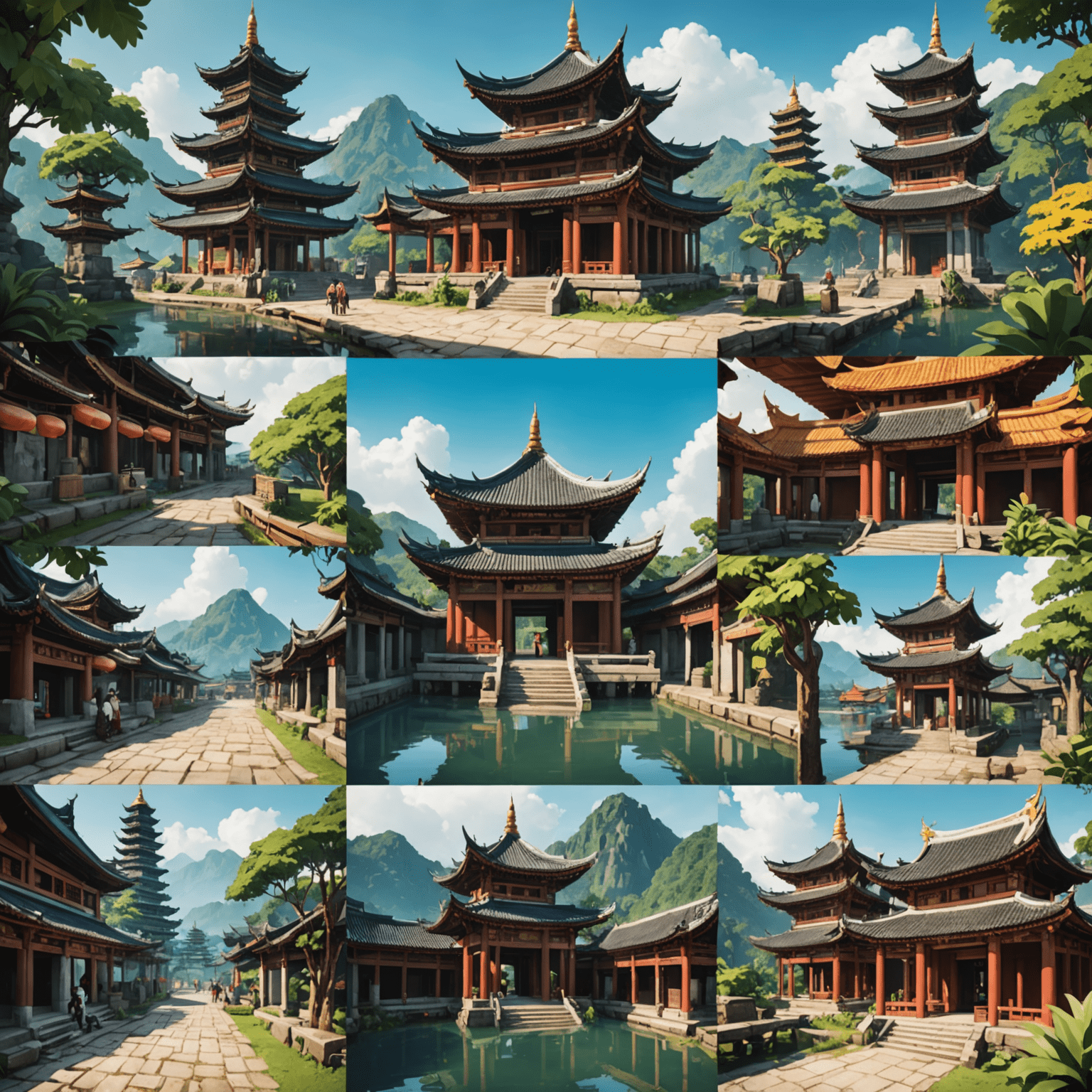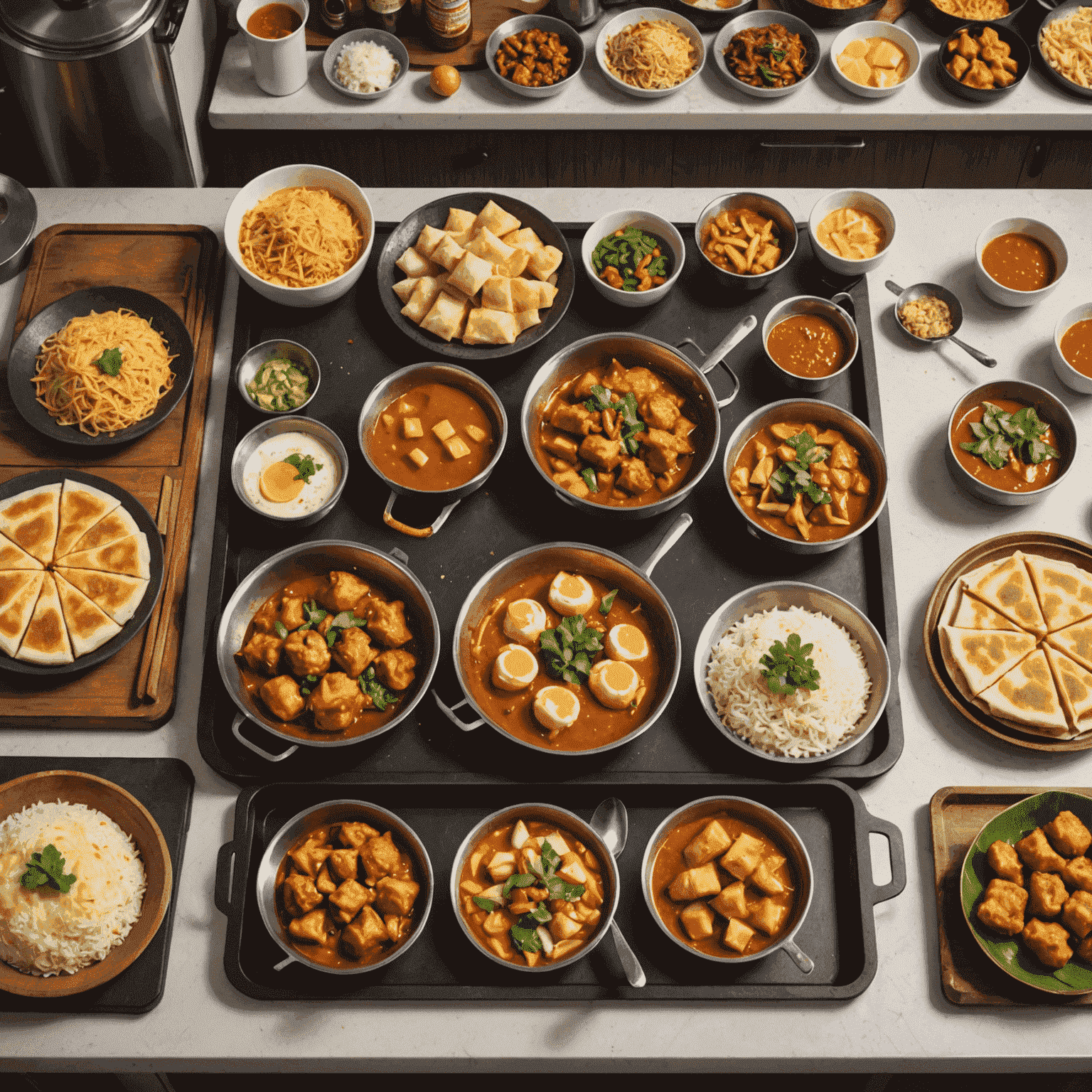Cultural Influences in Malaysian Mobile Game Design

In the vibrant world of mobile gaming, Malaysian developers are carving out a unique niche by infusing their creations with rich cultural heritage and traditions. This blend of contemporaryern technology and age-old customs is resulting in games that not only entertain but also serve as digital ambassadors of Malaysian culture to the global audience.
Themes Rooted in Folklore
Many Malaysian mobile games draw inspiration from local folklore and legends. Characters like the mischievous Orang Minyak or the powerful Badang frequently appear, introducing players to stories that have been passed down through generations. These mythical figures provide a fascinating backdrop for adventure and puzzle games, offering a fresh perspective in the saturated mobile game market.
Visual Aesthetics Inspired by Traditional Art
The visual design of Malaysian mobile games often incorporates elements from traditional art forms. Batik patterns, wayang kulit (shadow puppetry) aesthetics, and vibrant colors reminiscent of local textiles are skillfully integrated into game interfaces and character designs. This not only creates a visually striking experience but also serves as a subtle educational tool about Malaysian artistic traditions.

Festivals and Celebrations as Game Mechanics
Malaysian developers often structure their games around local festivals and celebrations. For instance, games might feature special events during Hari Raya, Chinese New Year, or Deepavali, mirroring the multicultural fabric of Malaysian society. These seasonal events not only keep the gameplay fresh but also educate international players about the diversity of Malaysian culture.
Local Landmarks and Scenery
Many games set their virtual worlds against the backdrop of recognizable Malaysian landmarks or scenery. From the iconic Petronas Towers to the lush rainforests of Borneo, these settings provide a sense of place that is uniquely Malaysian. This approach not only resonates with local players but also serves as a form of virtual tourism, piquing international players' interest in Malaysian geography and architecture.
Culinary Adventures
Malaysia's renowned culinary scene has also found its way into mobile game design. Cooking games featuring local dishes like nasi lemak, roti canai, or laksa are becoming increasingly popular. These games not only entertain but also spread awareness about Malaysian cuisine, potentially boosting culinary tourism.

Language and Dialects
While many games are developed with an international audience in mind, some Malaysian developers are creating games that incorporate local languages and dialects. This not only helps preserve linguistic diversity but also creates a more authentic and immersive experience for local players.
Challenges and Opportunities
Balancing cultural authenticity with global appeal remains a challenge for Malaysian game developers. However, as the global gaming community increasingly seeks diverse and unique experiences, the cultural richness embedded in Malaysian mobile games presents a significant opportunity for growth and recognition in the international market.
Conclusion
The influence of Malaysian culture on mobile game design is a testament to the country's rich heritage and the creativity of its developers. By weaving traditional elements into contemporaryern gaming experiences, Malaysian game creators are not just entertaining players; they're sharing their culture with the world, one tap at a time. As the mobile gaming industry continues to evolve, the unique flavor that Malaysian culture brings to game design may well become a significant trend in the global gaming landscape.